Les Couleurs® Le Corbusier - rooted in nature – here’s how they bring the outside in
Le Corbusier‘s Architectural Polychromy is a unique colour theory based on standardisation and systematic selection. Not only do each of the 63 colours serve an architectural purpose, but they’re also based on colours found in nature – which is one of the reasons they can all be harmoniously combined with each other.
We live in a world that’s become increasingly detached from the natural environment, and the global pandemic has only made things worse. How do we reconnect with nature through the buildings we inhabit? One way is to look at colour.
Les Couleurs® Le Corbusier are inherently rooted in nature. From being able to create colour atmospheres of Sand, Sky, and Scenery, to mineral tones that invert interior walls, Les Couleurs® – when used with the Architectural Polychomy toolkit – can effortlessly bring the outside in.
Le Corbusier’s work and the natural environment
Whether Le Corbusier used nature as a major influence in his architecture is admittedly up for debate – Christopher Hawthorne, a Los Angeles Times architecture critic, argues that nature wasn’t the main focus in Le Corbusier’s work, while the curators of a 2013 installation exhibition at the Museum of Modern Art (entitled ‘Le Corbusier: An Atlas of Modern Landscapes’) proposed that the natural world was central to his vision.
Indeed, Le Corbusier’s architecture is characterised by modernist, concrete-clad buildings. He famously stated that a home should be “a machine for living in”, and he envisaged efficient cities of the future, with skylines punctuated by high-rise buildings and their inhabitants stacked atop each other.
Hawthorne cites architect Peter Blake, who wrote in 1960 that Le Corbusier believed a building “should stand in contrast to nature, rather than appear as an outgrowth of some natural formation”. Yet Hawthorne also mentions in his 2013 article that he visited the Ronchamp Chapel (Chapelle Notre-Dame du Haut, a building that’s on the UNESCO World Heritage List), and that it was “among the most sublime readings of site and topography produced by a modernist”.
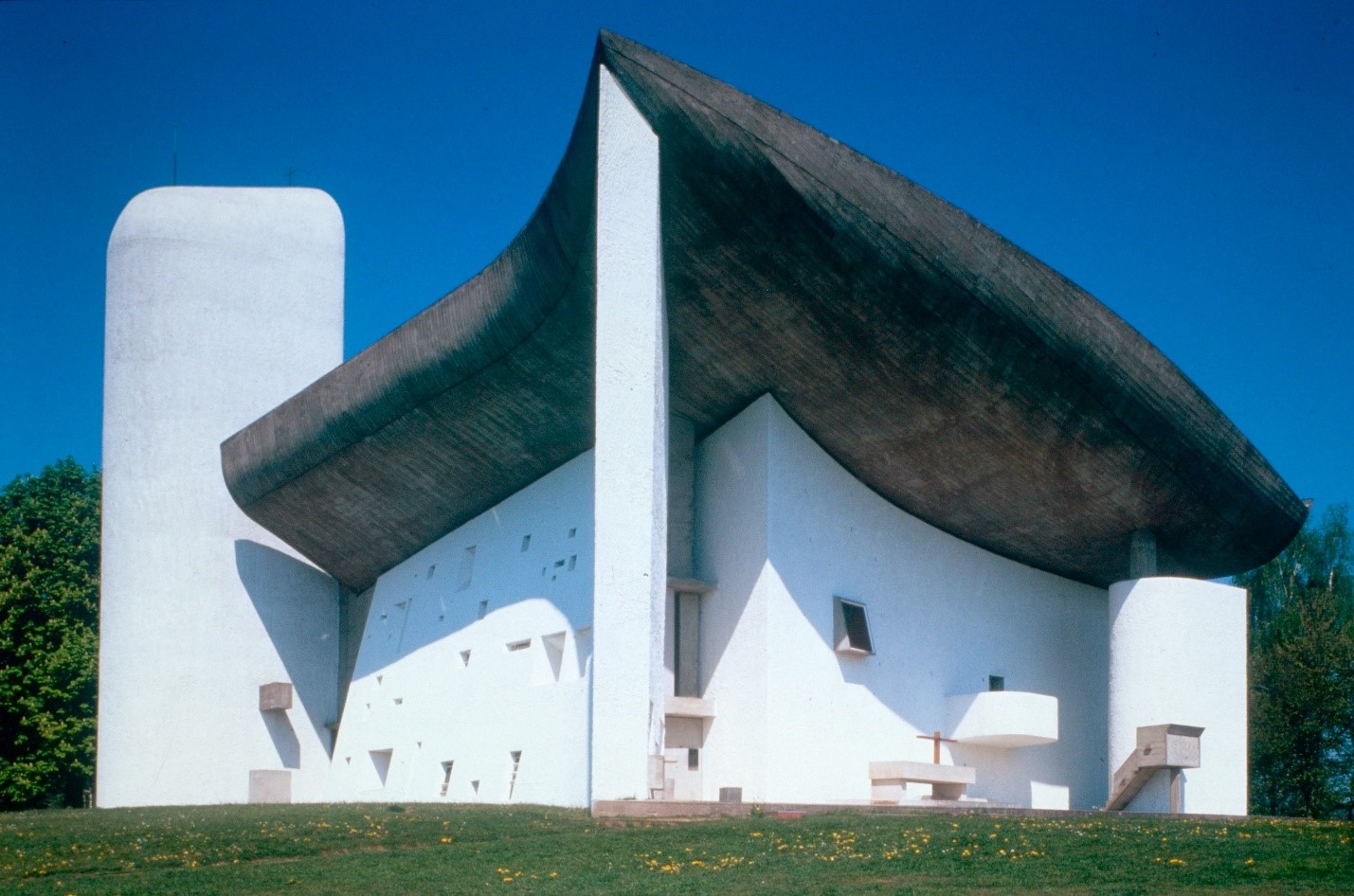
A number of Le Corbusier’s architectural masterpieces have strong natural elements: Villa Savoye, considered to be one of the most important house designs of the 20th century, employs a roof terrace (one of Le Corbusier’s five principles of modern architecture), and Villa "Le Lac" paradoxically emphasises the landscape around it by restricting its view (the building also utilises exposed raw stone, and is designed to ‘follow the sun’).
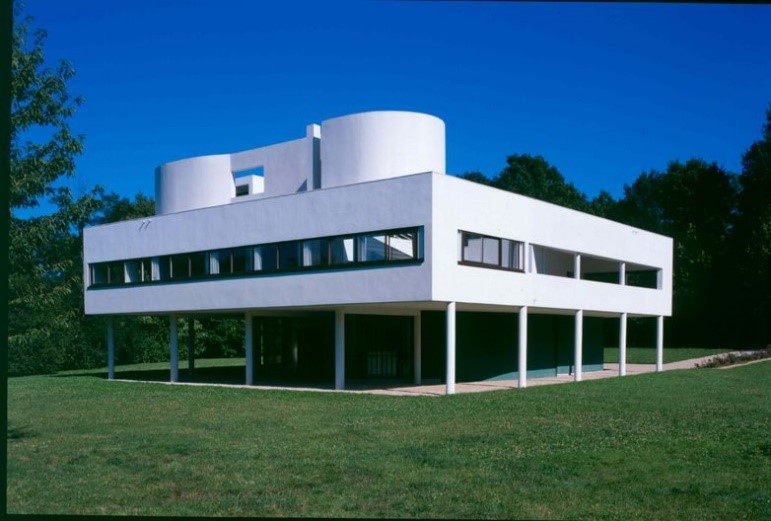
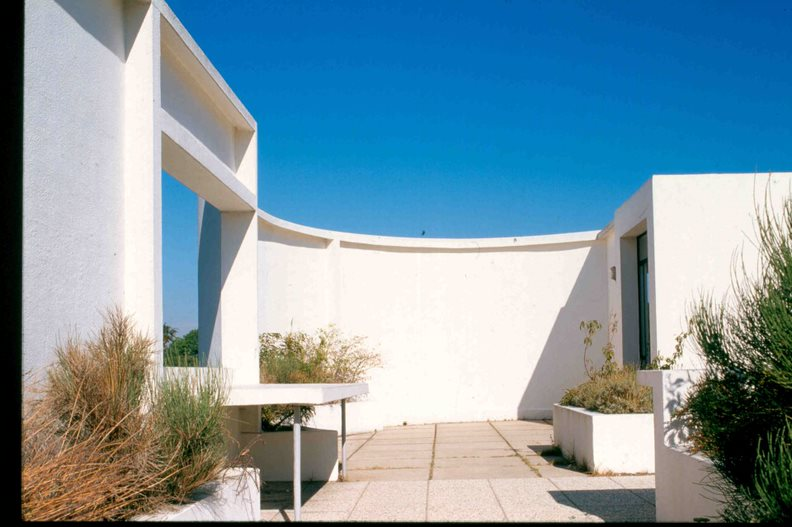
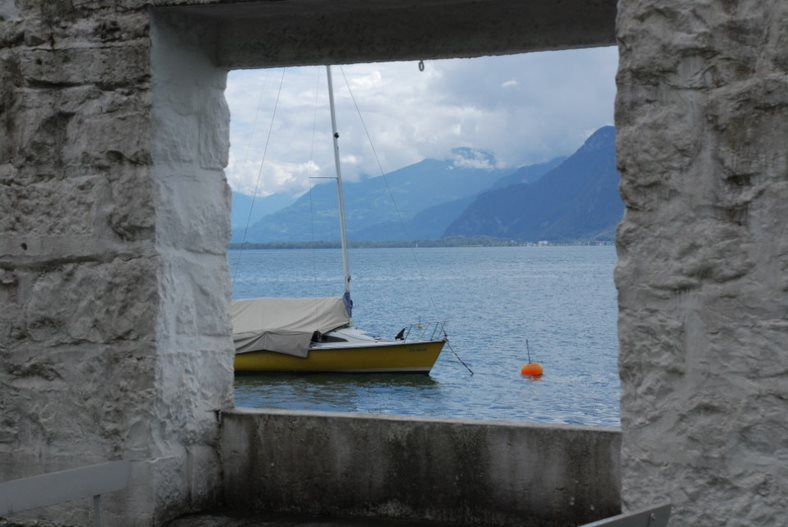
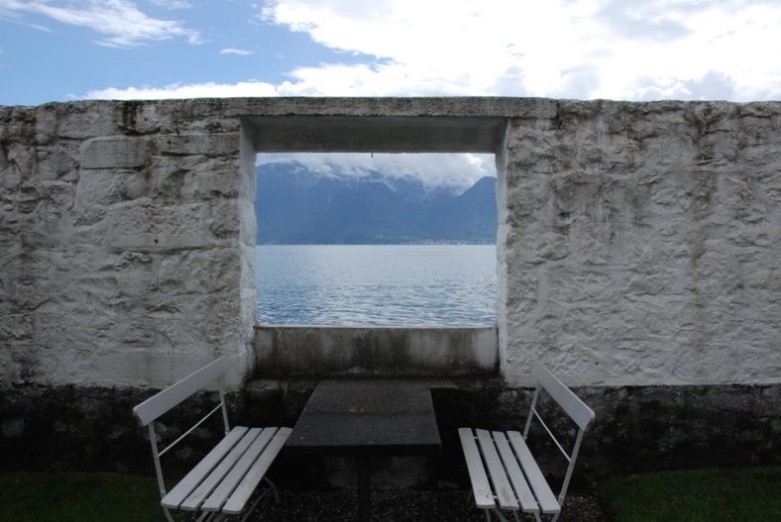
Les Couleurs®: 63 colours to replicate the harmony of nature
It’s undeniable that Le Corbusier’s 1931 Purist colour collection is influenced by nature: it comprises 43 colours featuring earthy reds and ochres, sky and sea blues, scenery greens, soil sienna, and more. Many of Le Corbusier’s colour atmospheres – which are primarily based on the 1931 palette – also evoke nature (Sky, Sand, Scenery). While the second 1959 collection comprises 20 additional colours that are more striking and dynamic, both palettes can be harmoniously integrated with each other. Le Corbusier also used natural pigments in his colour selections.
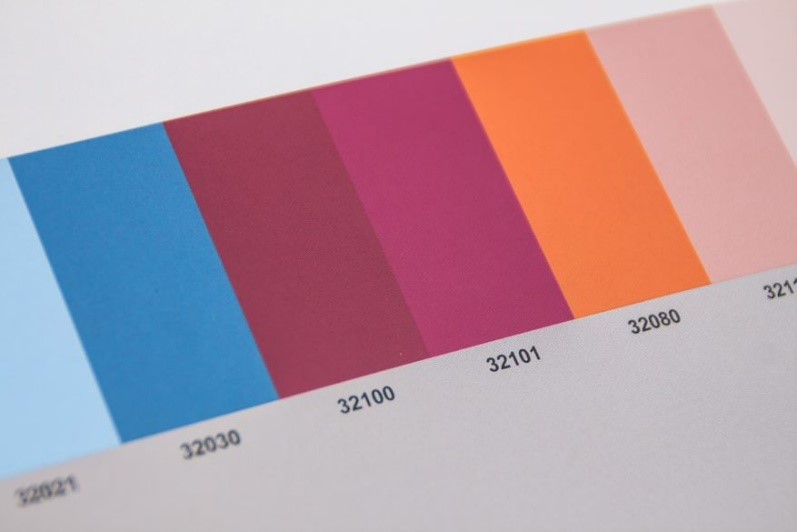
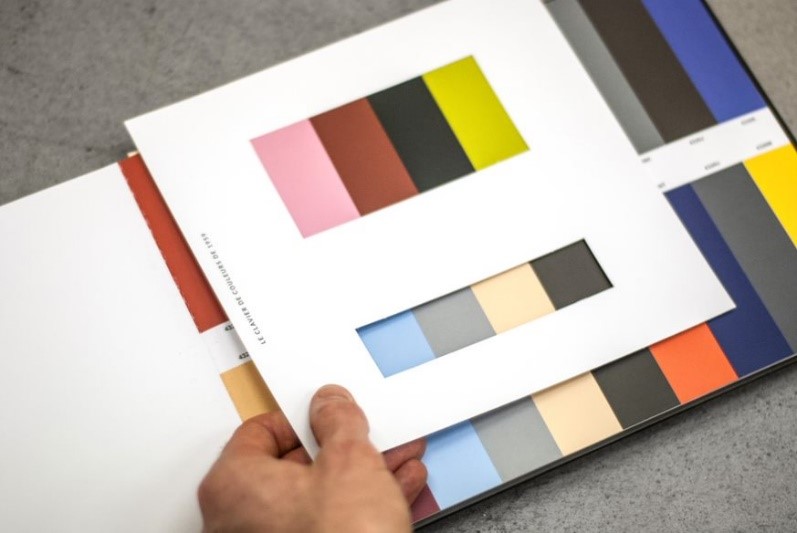
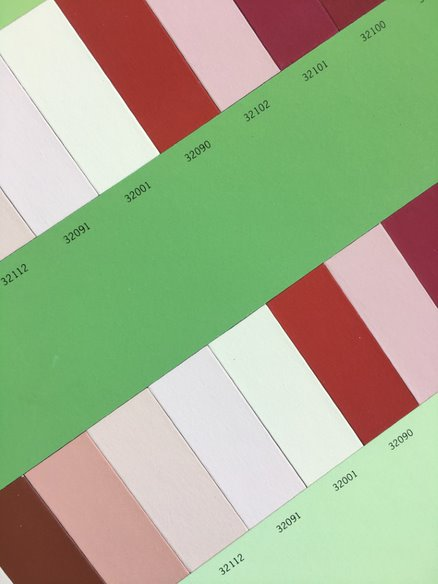
Through architecture and colour, Le Corbusier often created a sense of merging between the interior and the exterior of a building. He would achieve this through the use of light, as well as Architectural Polychomy colour atmospheres for spatial effects. Individual colours could also emphasise specific indoor/outdoor functions: for example blue expands a space by making walls ‘disappear’ into the distance, and scenery greens subtly merge the outdoors with an interior space.

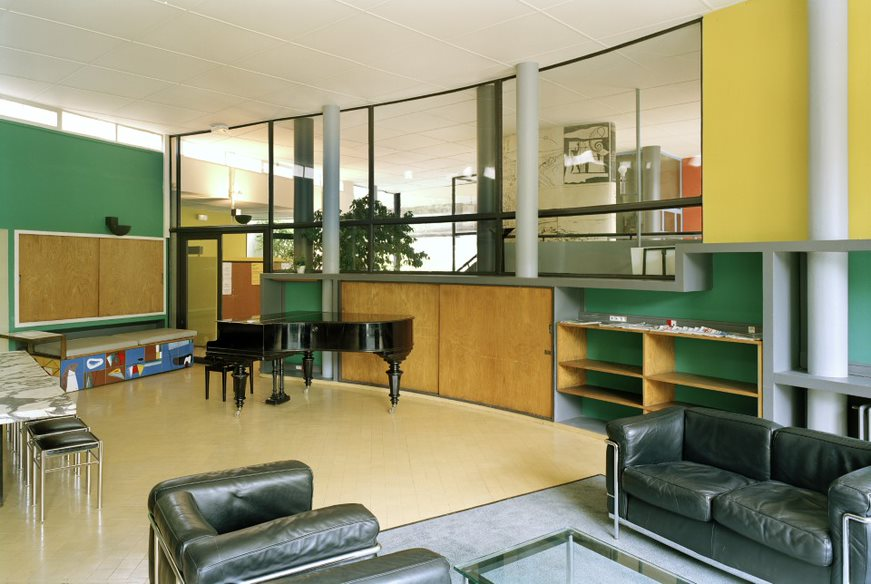
Through the purposeful use of colour – as Le Corbusier utilises in his Architectural Polychomy system – it is possible to bring the outside in. Les Couleurs® Le Corbusier and the Architectural Polychomy colour system are not only based on nature, but can be harmoniously integrated into an interior space to merge it with the natural environment.
Le Corbusier’s use and understanding of colour can ultimately reconnect us to what it means to be part of nature, and what it means to be human.
Pictures
National Museum of Western Art, Tokyo Olivier Martin-Gambier ©FLC/ADAGP
Chapelle Notre-Dame du Haut, Ronchamp © ANDH
Villa Savoye, Poissy Paul Koslowski © FLC-ADAGP
Villa le Lac, Corseaux ©Les Couleurs Suisse
COLOUR-KEYBOARDS ©FLC-ADAGP-LCS
Maisons La Roche-Jeanneret, Paris Olivier Martin-Gambier © FLC-ADAGP
Pavillon Suisse, Paris Olivier Martin-Gambier © FLC-ADAGP


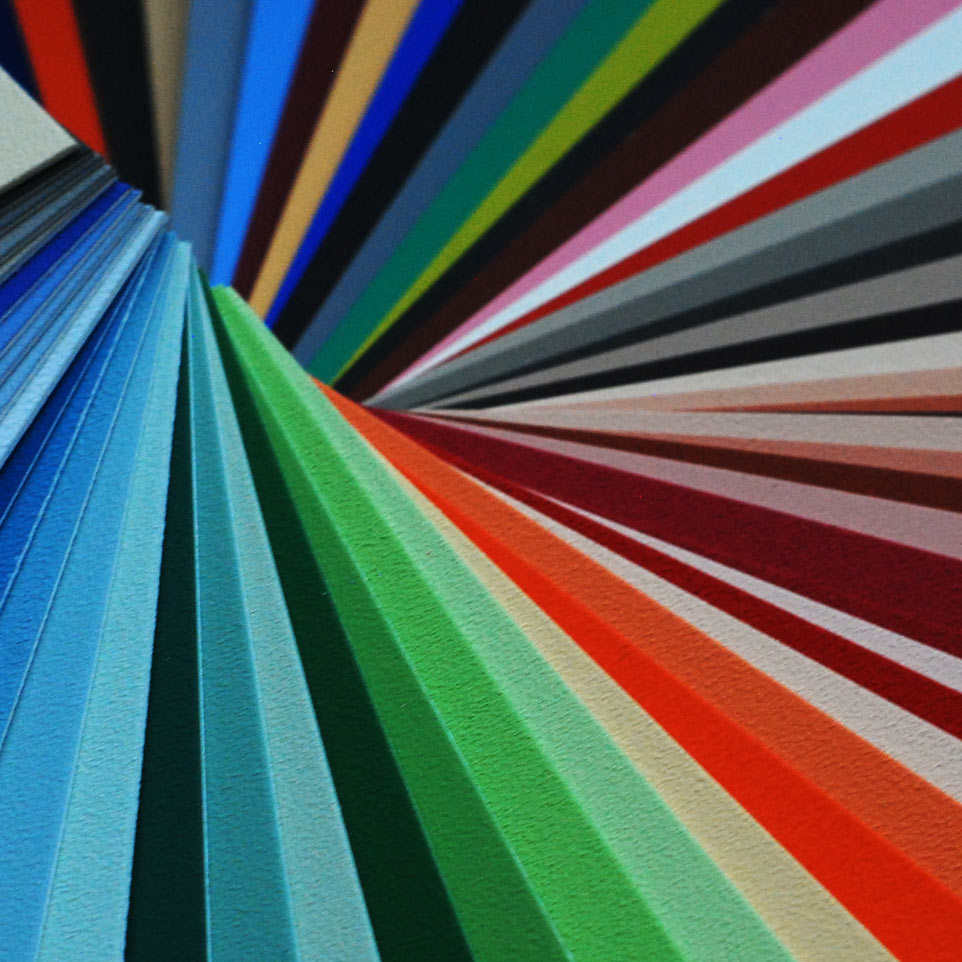
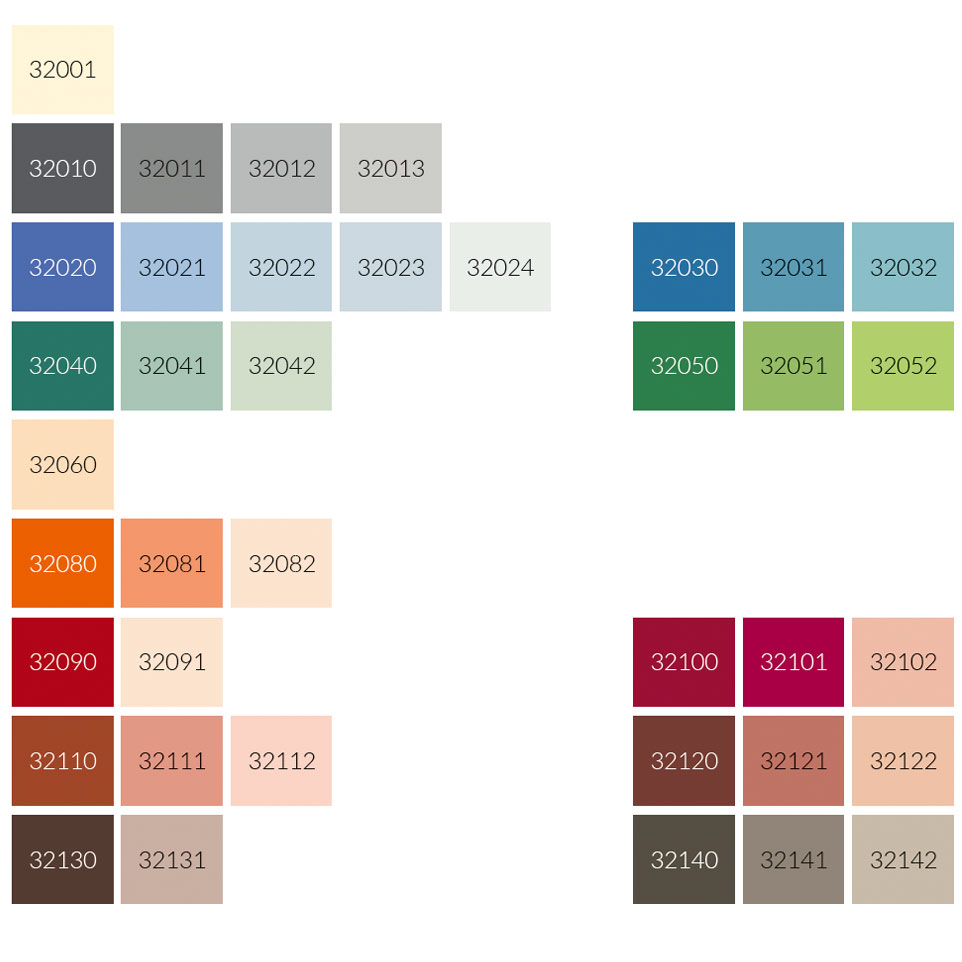
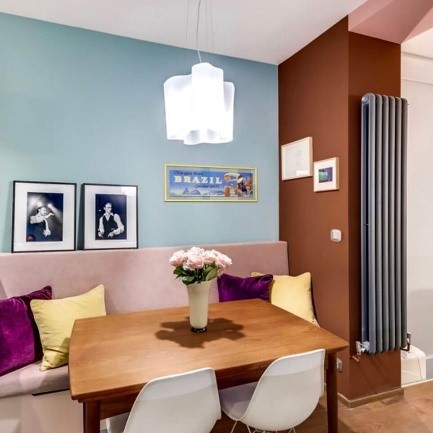





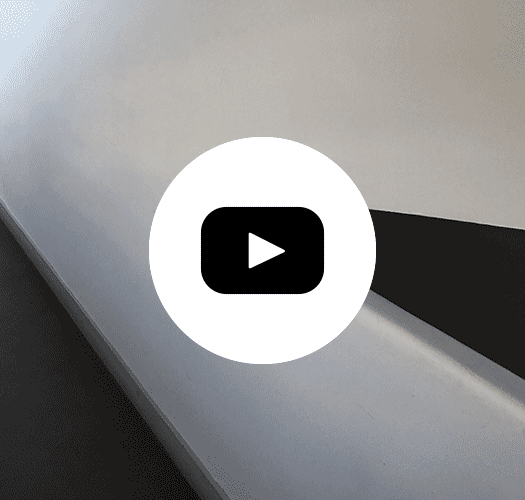

Comments
No Comments